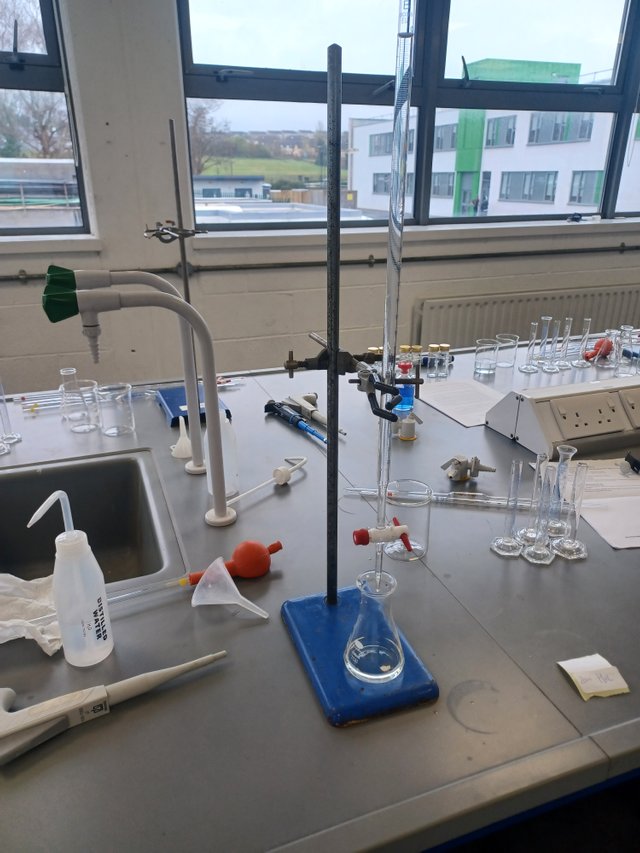
Titration is a fundamental technique in analytical chemistry used to determine the concentration of a specific substance in a solution. It involves the controlled addition of a known concentration of one solution (the titrant) to another solution (the analyte) until the reaction between the two is complete. The point at which the reaction is stoichiometrically complete is called the equivalence point. Typically, an indicator or a pH meter is used to detect this endpoint by observing a sudden change in color or pH. Titration can also be carried out without indicators using techniques such as potentiometric titration, where the potential difference between two electrodes is measured.
Titration finds widespread application in various fields, including pharmaceuticals, environmental monitoring, food and beverage industry, and research laboratories. It is used to determine the concentration of acids, bases, salts, and other chemical species present in a sample. Titration techniques can be adapted to analyze a wide range of compounds with high precision and accuracy. Additionally, titration can be automated, allowing for rapid analysis of multiple samples, making it an indispensable tool for quality control and research purposes.
Congratulations, your post has been upvoted by @upex with a 0.66% upvote. We invite you to continue producing quality content and join our Discord community here. Keep up the good work! #upex
Downvoting a post can decrease pending rewards and make it less visible. Common reasons:
Submit